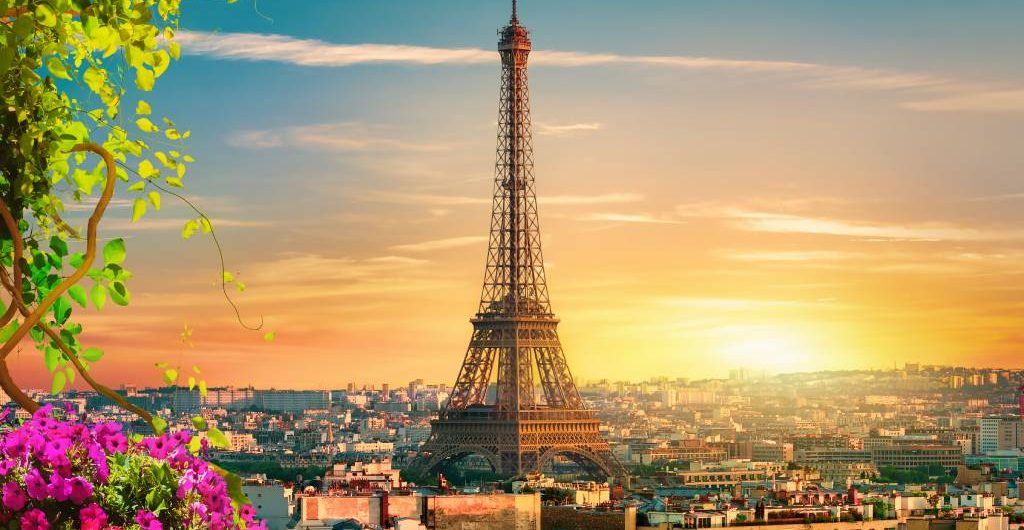
Location and Significance
Paris, often referred to as the “City of Love” or the “City of Lights,” is the capital and largest city of France. It holds immense global significance as a center for art, culture, fashion, and history.
Historical Background: Paris boasts a rich and storied history, dating back to its founding as a Celtic settlement around 250 B Over the centuries, it has played a pivotal role in shaping France and the world.
Geography
Location within France: Situated in the north-central part of France, Paris is strategically located along the River Seine, making it a vital transportation hub.
River Seine: The River Seine meanders through the heart of the city, dividing it into the Left Bank and Right Bank, and providing scenic beauty and transportation routes. Arrondissements: Paris is divided into 20 administrative districts known as arrondissements, each with its own unique character and attractions.
History
- Ancient Paris: Paris originated as the Celtic settlement of Lutetia and later became a Roman city. Its history is marked by medieval fortifications, the French Revolution, and Napoleonic rule.
- Medieval and Renaissance Paris: The Middle Ages saw the construction of iconic structures like Notre-Dame Cathedral, while the Renaissance brought cultural flourishing.
- Modern and Contemporary Paris: Paris evolved into a modern metropolis in the 19th and 20th centuries, with significant urban planning and cultural development.
Landmarks and Attractions
- Eiffel Tower: This iconic iron structure is one of the most recognizable landmarks globally, offering breathtaking views of the city.
- Louvre Museum: Home to thousands of works of art, including the Mona Lisa, the Louvre is one of the world’s largest and most famous art museums.
- Notre-Dame Cathedral: A masterpiece of Gothic architecture, Notre-Dame is known for its stunning stained glass windows and historical significance.
- Champs-Élysées: This grand avenue is renowned for its theaters, cafes, luxury shops, and as the route of the annual Bastille Day military parade.
- Montmartre: A charming hilltop neighborhood famous for the Sacré-Cœur Basilica and its artistic history.
Culture and Art
- Art and Museums: Paris is a global hub for art, housing numerous world-class museums, galleries, and hosting prestigious art exhibitions.
- Fashion and Design: The city is synonymous with haute couture and is a fashion capital, home to renowned designers and fashion houses.
- Cuisine: Parisian cuisine is celebrated worldwide, with cafes, bistros, and Michelin-starred restaurants offering a diverse range of delectable dishes.
Economy
- Key Industries: Paris has a diversified economy, with sectors such as finance, technology, tourism, and luxury goods playing pivotal roles.
- Financial District: La Défense, a modern business district, houses numerous multinational corporations and serves as the city’s primary financial center.
Transportation
- Public Transportation: Paris boasts an extensive public transportation network, including the Métro, buses, trams, and commuter trains.
- Airports: The city is served by several airports, with Charles de Gaulle Airport being one of the busiest in Europe.
Education
- Universities and Institutions: Paris is home to prestigious universities like the Sorbonne and institutions that attract students and scholars from around the world.
- Events and Festivals A. Bastille Day: July 14th is celebrated with fireworks, parades, and parties, marking the French National Day.
- Fashion Week: Paris Fashion Week showcases the latest trends from top designers. Nuit Blanche: An annual arts festival that transforms the city into an open-air museum.
Local Cuisine
- French Cuisine: Paris offers classic French dishes like coq au vin, escargot, and croissants.
- Famous Dishes: Must-try dishes include French onion soup, crème brûlée, and the iconic baguette.